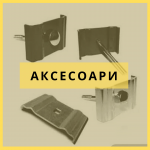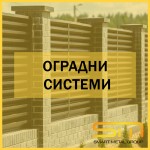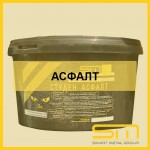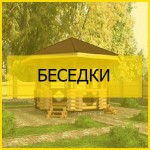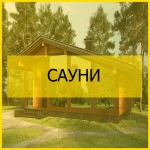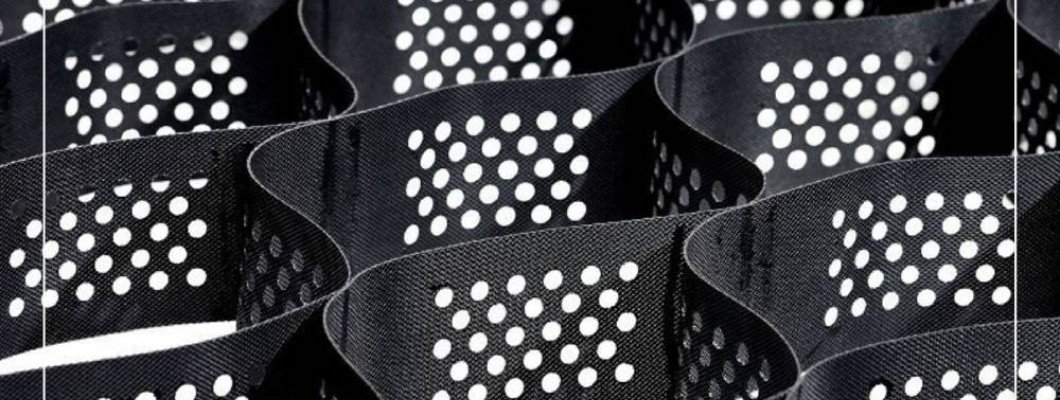
Geocells: an innovative solution for soil reinforcement and landscape design.
When it comes to the reliability and durability of building structures, we rarely think about the materials that ensure their stability. One of such heroes of modern engineering is geocells - a universal and effective solution for soil reinforcement.
What are geocells?
Geocells are volumetric structures made of polymeric materials resembling a mesh with a cellular structure. When unfolded, they form a three-dimensional system that is filled with soil, crushed stone or sand. These filled cells create a stable base that can withstand significant loads and prevent deformation.
Benefits of geocells:
- Ground Strengthening. Geocells increase the bearing capacity of the soil, preventing it from subsiding or shifting.
- Reduction of erosion. Their structure holds the soil in place even on steep slopes and when exposed to strong water flows.
- Cost-effectiveness. The use of geocells allows to reduce the volume of expensive construction materials and speed up the process of works.
- Environmental friendliness. Geocells minimize interference with the natural landscape and maintain its natural balance.
Where are geocells used?
1. Road construction. Geocells are often used to reinforce road foundations, preventing them from collapsing even under heavy loads.
2. Slopes and slopes. On steep slopes, geocells securely hold the ground, preventing landslides and collapses.
3. Parking lots and walkways. They are ideal for creating strong and durable pavements that are resistant to external influences.
4. Shoreline protection. Geocells are effectively used to protect banks from erosion by water.
5. Landscape design. When creating decorative zones, alpine slides and landscaping slopes geocells help to create aesthetic and stable structures.
Why choose geocells?
Geocells are not just a building material, but an innovative tool that can solve several problems at once: from increasing the strength of a structure to protecting the environment. Their versatility and availability make them in demand both in large construction projects and in private constructions.
What to attach the geocells with?
1. Fiberglass reinforcement. This is one of the most popular materials for fixing geocells. It is lightweight, strong, corrosion-resistant and easy to install. The use of fiberglass reinforcement is especially justified in conditions of high humidity or when it is necessary to minimize the load on the structure.
2. Metal anchors. Metal pins or anchors are suitable for anchoring geocells in high density soil. They provide a strong bond to the subgrade, making them an excellent choice for heavily loaded sites such as roads and parking lots. However, in high humidity or corrosive environments, metal anchors require corrosion-resistant treatment.
3.Plastic anchors. Lightweight and easy to install, plastic retainers are suitable for smaller projects such as site improvements or decorative landscape elements. They are less strong than rebar or metal anchors, but do a great job in less-loaded structures.
4. Ground nails.. Nails 20 to 50 cm long made of metal or composite materials are often used to fix geocells on slopes and slopes. Their choice depends on the density of the soil and operating conditions.
5. Special fastening systems. For complex projects or non-standard conditions, anchoring systems developed by geocell manufacturers are used. These can be combined anchors designed for specific loads and soil types.
How to properly anchor geocells?
- Prepare the base. Before installation, the surface should be leveled and cleaned of stones, debris and roots. For difficult soils, additional compaction or geotextile placement may be required.
- Unroll the geocells. Distribute them over the area, stretching them to the desired size.
- Install the clips. Start fixing the geocells from the edges, moving towards the middle. The distance between the fixators depends on the type of soil and construction: usually it is 50-100 cm.
- Fill the cells. After fixing the cells of geocells are filled with soil, crushed stone or sand. For additional loads, it is possible to lay concrete.
If you are looking for a solution that combines efficiency, environmental friendliness and ease of use, geocells are the ideal choice.

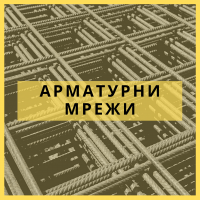
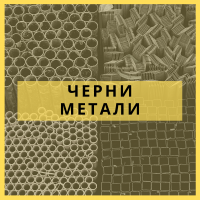






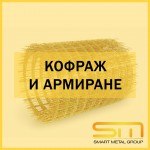


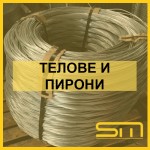

-150x150.png)


